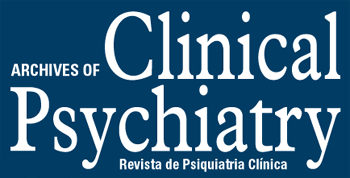Resumo em Inglês:
Abstract Mediumship and spirit possession are cultural phenomena found worldwide. The Spiritism, popular in Brazil, is a religious tradition that emphasizes mediumship. The “absorption hypothesis” (the association of marked increases in focused attention with concomitant decreases in self-awareness) is one of the neuropsychological explanatory theories for these experiences. We measured electroencephalographic (EEG) spectral power in frontal electrodes within theta, alpha and beta bandwidths, as well as cross-regional cortical coherences, in female Spiritist experienced mediums (n = 10) and in female non-medium control subjects from the same religious context (n = 10). Scalp EEG signals were captured simultaneously from participants in each of the two groups in three different moments: before, during and immediately after mediumistically speaking. Compared to non-medium controls, the mediums had greater beta power on some electrodes in all phases of the experiment, greater theta power on one electrode at the communication phase and greater alpha power on one electrode at the post-communication phase. No condition effects (within-group comparisons) were detected in any group. No group effects were noted for cross regional cortical coherences. No ictal EEG pattern was observed, except for one participant in the mediums group. These findings support the hypothesis that absorption could have a mechanistic role in anomalous sensorial experiences such as mediumship. The coherence pattern in mediums during the anomalous experience differed from prior studies on pathological dissociation and on hypnotic states. Cognitive control processes seem to be engaged during the anomalous sensorial experiences.
